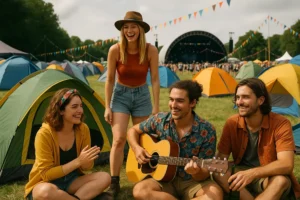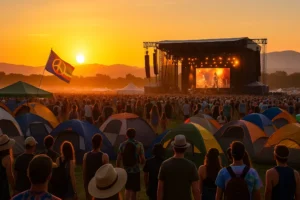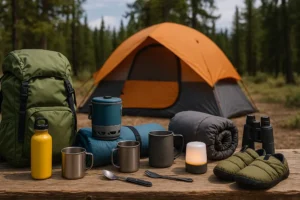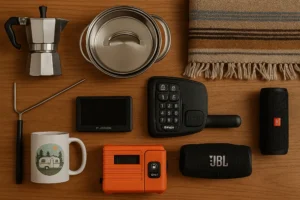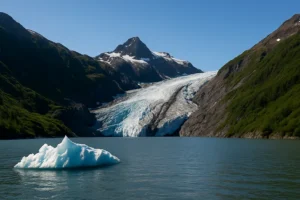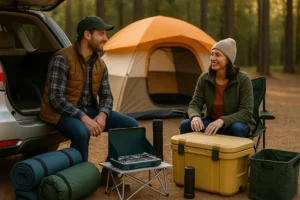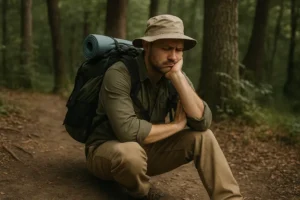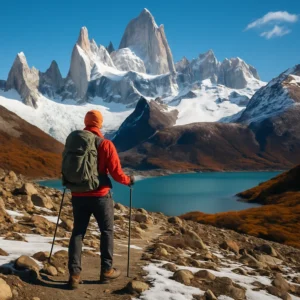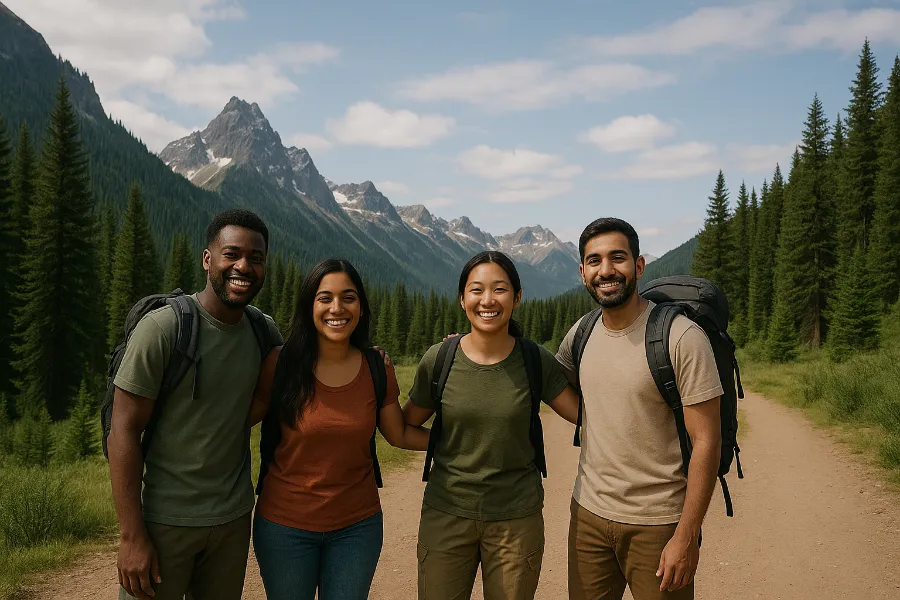
There’s something magical about bringing a piece of the trail home with you. Whether you’re hiking up rugged peaks, strolling through forests, or camping under the stars, the way you pose in hiking pictures can make the difference between a bland snapshot and a photo that tells your story. If you’ve ever looked back at your hiking photos and thought, I looked awkward there, you’re not alone. Mastering the art of posing for hiking pictures isn’t about being a model — it’s about capturing natural, authentic moments that reflect your adventure.
In this guide, we’ll walk through the best poses, tricks, and tips on how to pose for hiking pictures, so your next outdoor adventure is as photogenic as the scenery around you.
Choosing Natural and Relaxed Poses
The key to stunning hiking photos is to look like you belong in the setting. Hiking is active, grounding, and freeing — your poses should reflect that. Forget rigid smiles and stiff postures. Instead:
- Relax your shoulders.
- Think of what you would naturally be doing in that moment.
- Don’t be afraid to laugh, look away, or simply stand still and soak it all in.
The goal is authenticity. You want the photo to look like a memory, not a staged photo shoot.
Static Poses for Hiking Pictures
Static poses are simple, natural, and perfect for highlighting the landscape.
Sitting on a Rock or Stone
After reaching a scenic spot, sit down on a rock or boulder with the view behind you. Let your arms rest casually on your knees. It gives off a calm, accomplished vibe — like you’re taking in the reward of your climb.
Sitting Cross-Legged
Cross-legged poses work especially well in wide, open landscapes. Look out into the distance or glance down at your boots. This pose makes you look grounded and at peace with nature.
Leaning on a Railing or Observation Deck
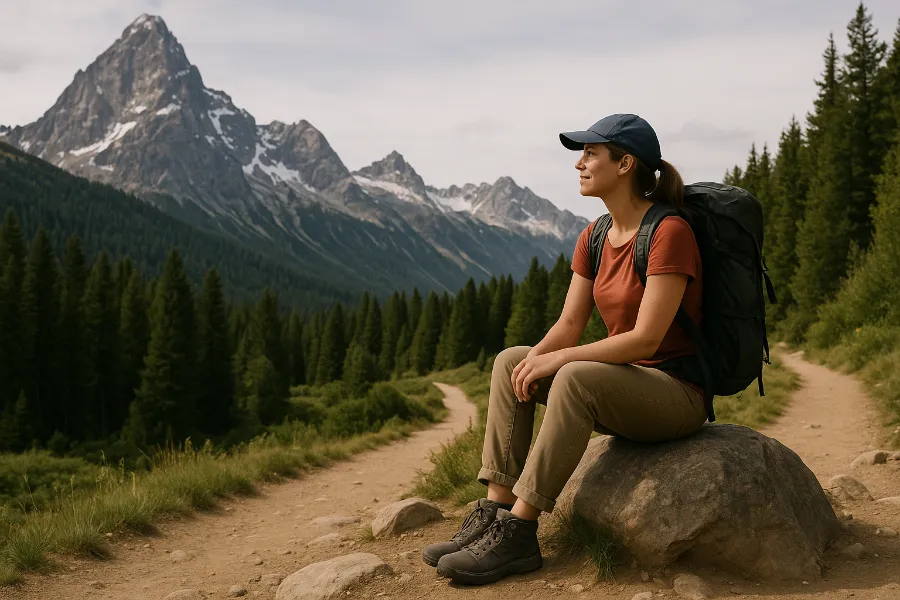
If you encounter a viewpoint with a railing, lean on it lightly. Rest one foot on the bar, or place your hands casually while looking over the horizon. It frames you against the scenery naturally.
Looking Away Into the Distance
Instead of staring directly into the lens, look off toward the horizon. It feels candid and gives the photo a storytelling element — as if you’re dreaming about what’s next.
Action and Movement Poses
Movement creates energy in photos, and hiking is the perfect opportunity for dynamic shots.
Walking on the Trail
One of the best hiking poses is simply to walk. Capture yourself mid-step, holding trekking poles or adjusting your backpack. This shows motion and makes the picture feel alive.
Climbing a Mountain
Ask your friend or photographer to shoot while you’re ascending. A low angle works wonders here — it makes you look determined and highlights the scale of the climb.
Walking on Stones or Logs
Crossing a rocky stream? Walking along a forest log? These in-action shots are candid and highlight your balance, focus, and the ruggedness of the trail.
Yoga or Balance Poses
For a fun twist, incorporate yoga-inspired poses. A tree pose with mountains behind you or a lotus pose on a ledge makes for powerful, serene imagery.
Creative Perspective Shots
Angles change everything in hiking photography. Play with perspective to add drama.
Top-Down Cliff Shots
Stand near the edge of a safe cliff (never too close!) and have the photographer shoot from above. It emphasizes the vastness below and puts your hike in perspective.
Bottom-Up Climbing Shots
Ask someone to shoot from below while you’re climbing or scrambling up rocks. This angle makes you look adventurous and strong.
The “Follow Me” Pose
Popularized on Instagram, this pose involves holding your partner’s hand while they take the photo from behind. It’s romantic, adventurous, and tells a story.
Feet Against the Landscape
Sometimes, the simplest shot says it all. Sit down, stretch your legs toward the view, and capture your boots against the backdrop of mountains or forests.
Couple and Group Hiking Poses
If you’re not hiking solo, include your friends or partner in the frame.
Holding Hands or Hugging
Simple gestures like holding hands while walking, hugging at the summit, or leaning into each other create warmth and intimacy in photos.
Laughing Together
Forget the staged smiles. Share a joke or laugh while resting. These candid shots feel genuine and memorable.
Lying in a Tent
If your hike includes camping, get cozy inside your tent with the flap open. The tent naturally frames the view and captures the essence of adventure.
Random Candid Frames
Sometimes the best group shots are the unplanned ones — someone grabbing a snack, another adjusting their boots, everyone mid-conversation. These tell a real story of the trail.
Outfit and Gear Tips for Hiking Pictures
Clothing makes a big difference in how photos turn out.
- Wear bright colors: Reds, oranges, and yellows pop against green forests or blue lakes. Avoid all-black unless you want a moody look.
- Accessorize naturally: Trekking poles, hats, and backpacks add context without being props.
- Layer smartly: Hiking often involves unpredictable weather, so your outfit will look authentic with layers like a rain shell or fleece.
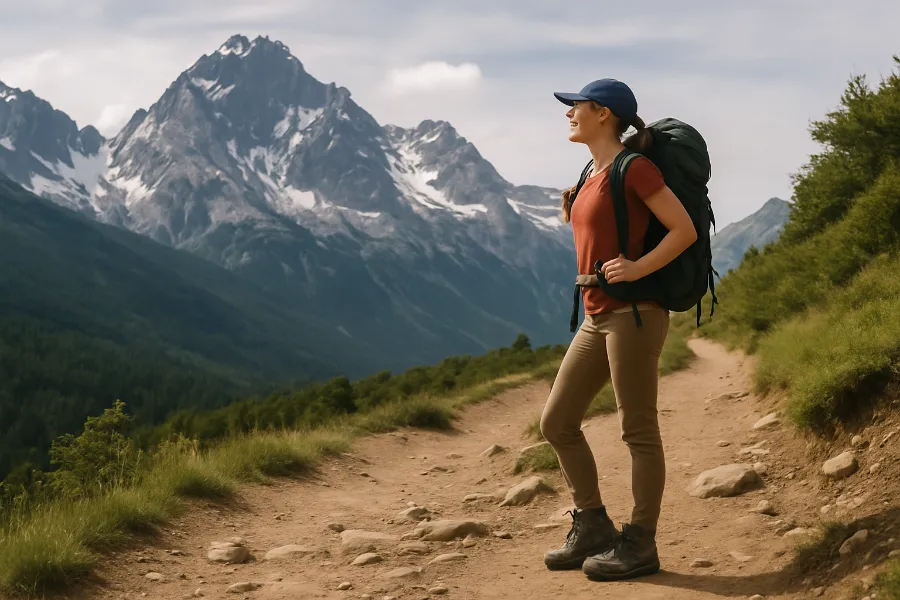
Making Your Poses Look Natural
Even if you’re trying to pose, it should look natural. Here’s how:
- Experiment with angles: Place the camera low for a dramatic look or high for a sweeping vista.
- Interact with the environment: Touch tree bark, run your hand along tall grass, or crouch to tie your boots.
- Capture emotion: Don’t hide your exhaustion, joy, or awe. A sweaty, smiling face at the summit often beats a perfectly posed shot.
- Embrace spontaneity: Not every photo has to be perfect. Random bursts of laughter, playful moments, or simply sitting in silence often become the most powerful images.
Conclusion
Learning how to pose for hiking pictures is about blending movement, authenticity, and the environment into a story. You don’t need model-like poses; you just need to capture how the trail felt in that moment. Whether it’s standing strong on a cliff, laughing with friends, or sitting peacefully by a lake, each pose is a memory etched into the frame. Next time you hit the trail, remember: your hiking photos aren’t just pictures — they’re stories waiting to be told.

